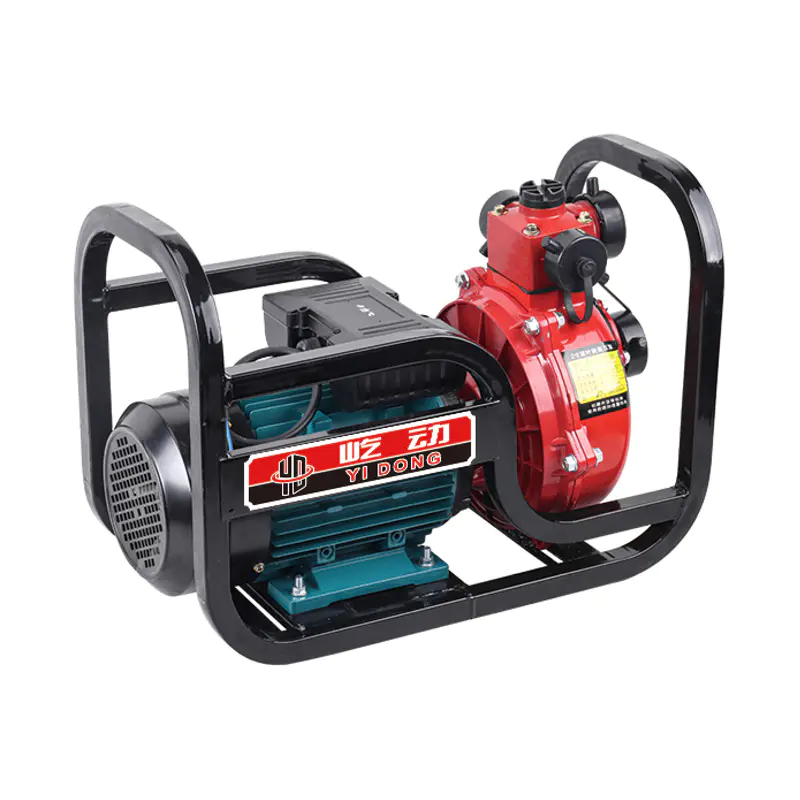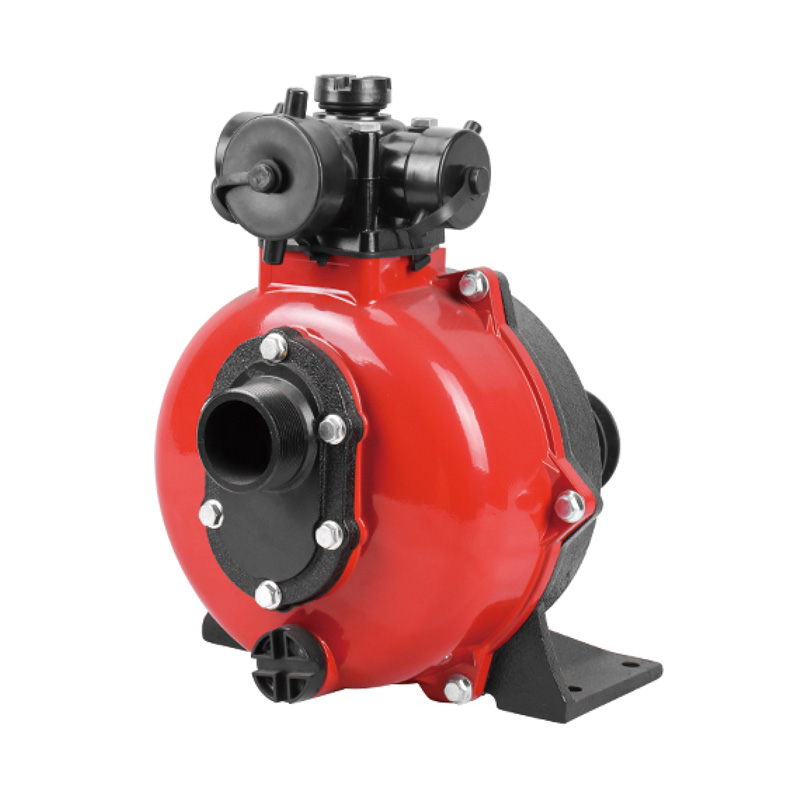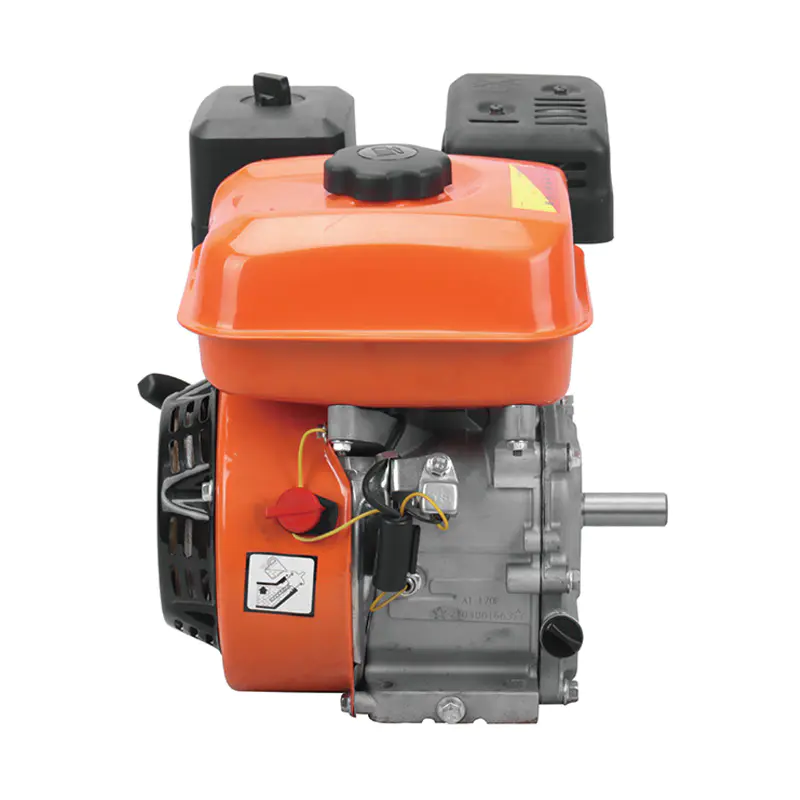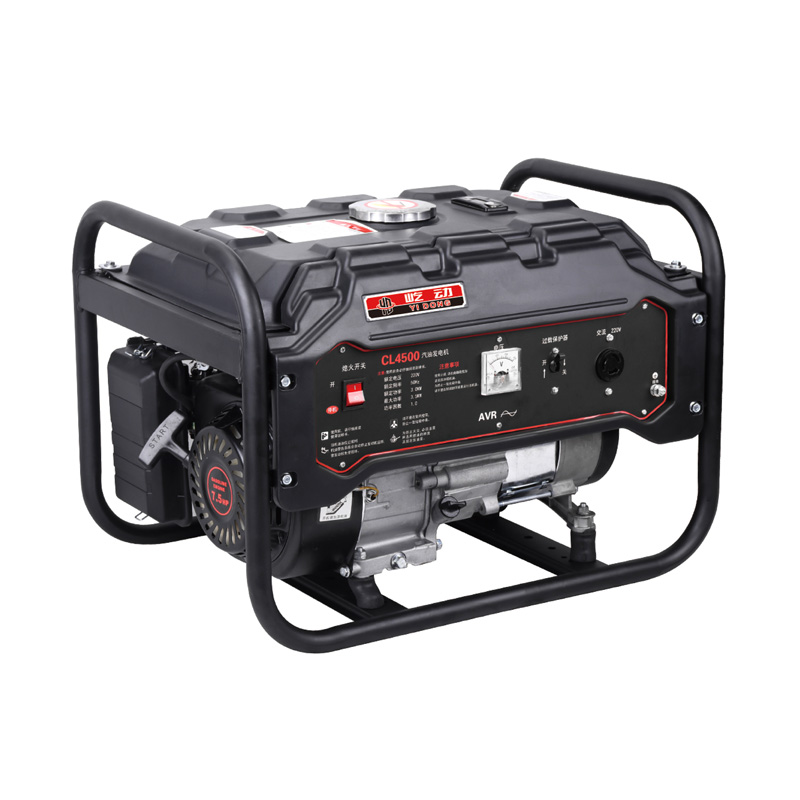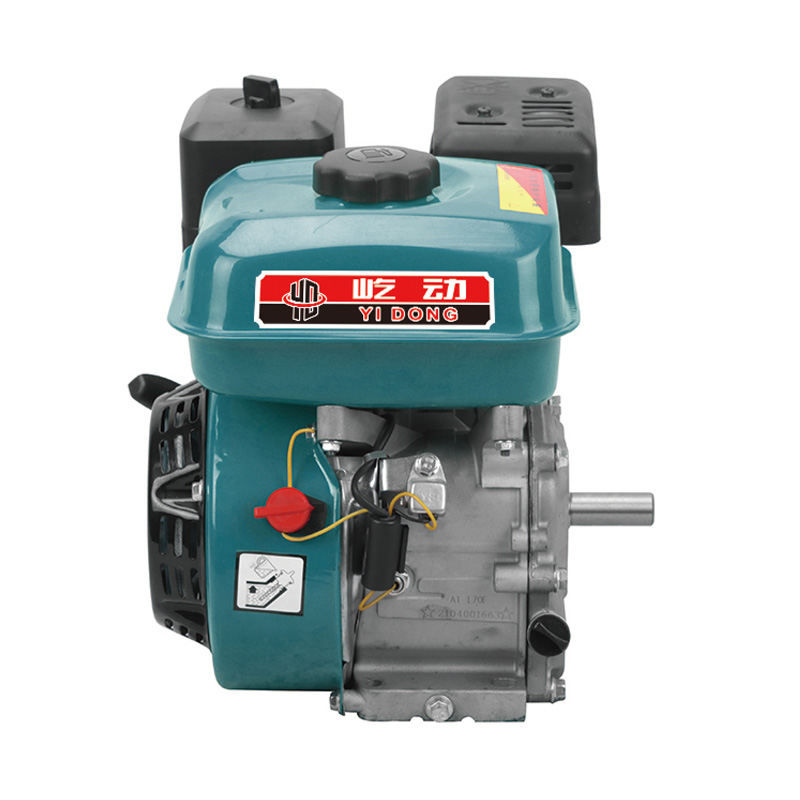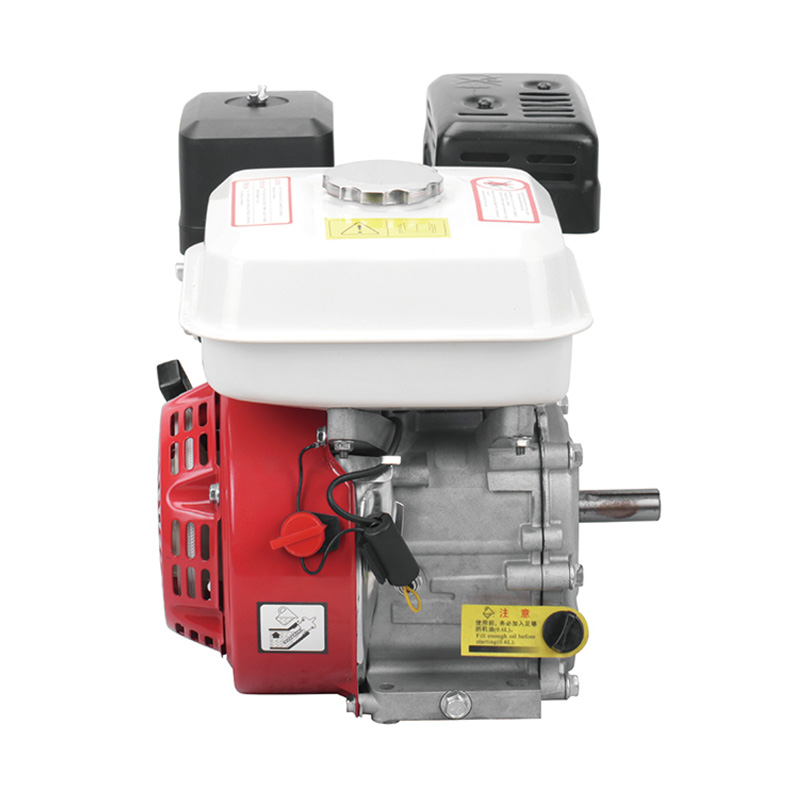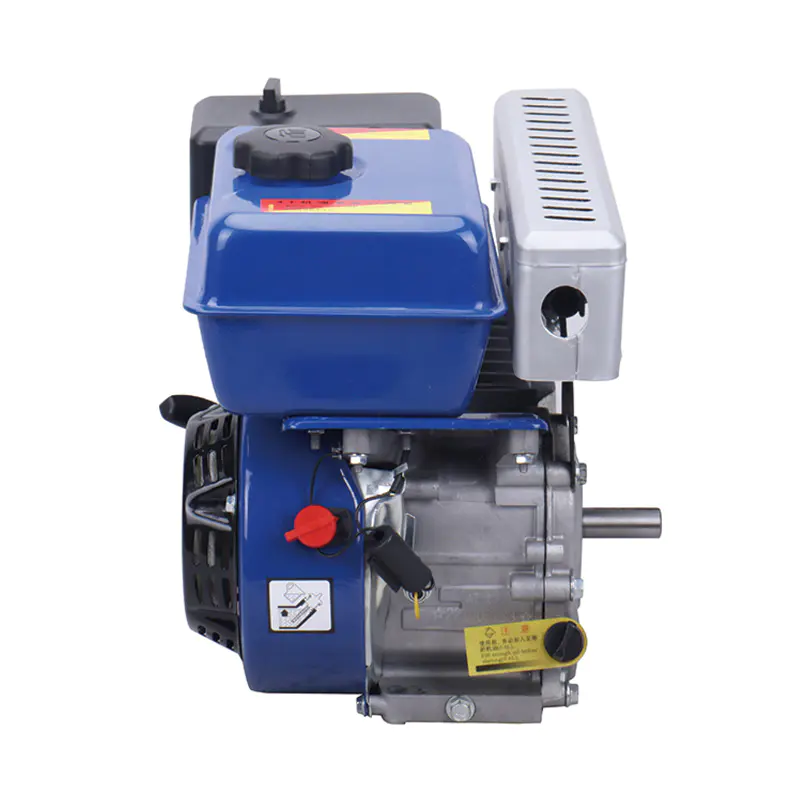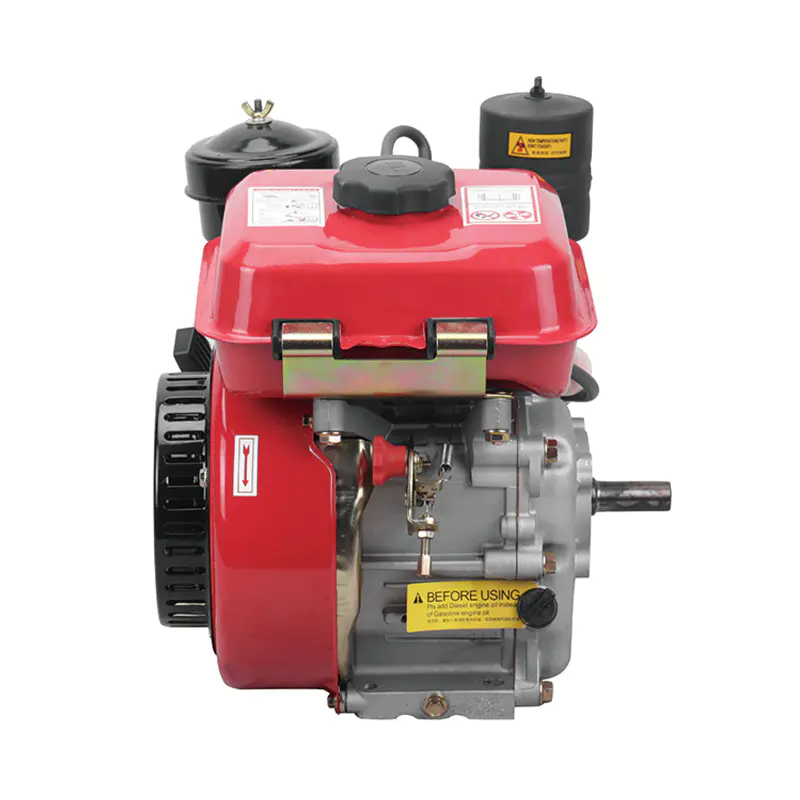Stainless steel centrifugal pumps are widely used across various industries such as food processing, chemical production, water treatment, and pharmaceuticals. Known for their corrosion resistance, durability, and hygienic properties, these pumps play an essential role in transferring liquids efficiently. Their design combines strength with cleanliness, making them particularly suitable for applications where product purity and long service life are required.
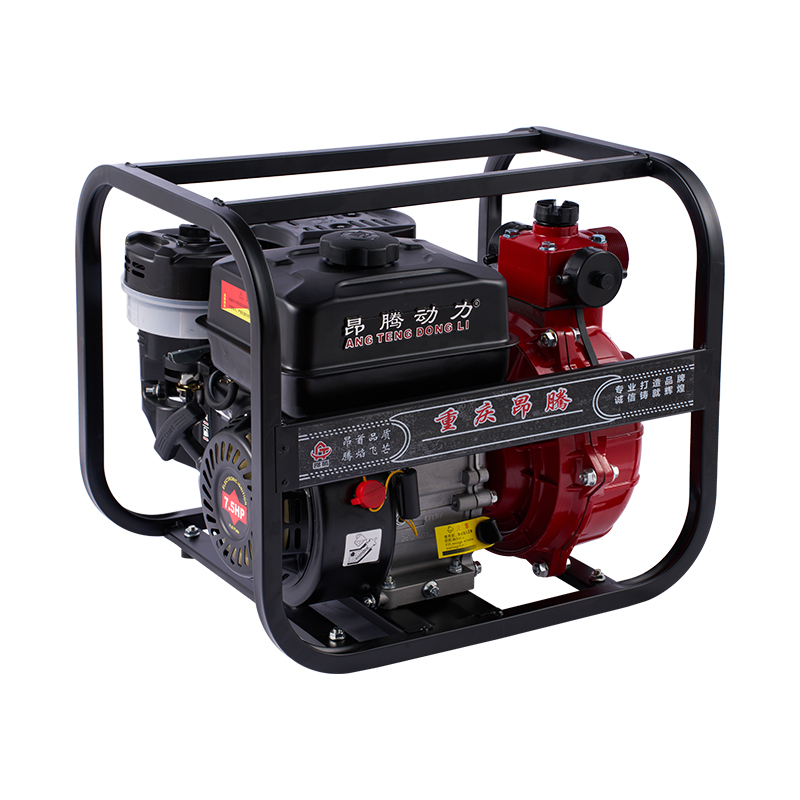
Centrifugal pumps operate by converting rotational energy from a motor into kinetic energy that moves liquid through an impeller. The use of stainless steel in this mechanism enhances both mechanical performance and chemical stability, ensuring reliable operation even in demanding environments.
Their material structure ensures durability, efficient operation, and long service life. Let’s explore the key aspects point by point:
1. Corrosion Resistance
Explanation: Stainless steel contains chromium, which forms a protective oxide layer on the surface.
Impact: This prevents rust and chemical degradation, making pumps suitable for water containing salts, minerals, or mild chemicals.
2. Mechanical Strength
Explanation: Stainless steel provides rigidity and high tensile strength.
Impact: The pump can withstand high-pressure operation without deformation, ensuring consistent performance, especially in multistage designs.
3. Precision Machining
Explanation: The smooth surface of stainless steel allows precise manufacturing of impellers and casings.
Impact: Reduces turbulence, improves hydraulic efficiency, and maintains steady water flow.
4. Resistance to Erosion and Pitting
Explanation: Stainless steel resists wear from small solid particles in water.
Impact: Extends the lifespan of pump components, reducing maintenance needs.
5. Temperature Stability
Explanation: Stainless steel maintains strength over a wide range of temperatures.
Impact: Suitable for heating systems, irrigation, or industrial applications without material fatigue.
6. Long-Term Reliability
Explanation: Combination of corrosion resistance, strength, and durability.
Impact: Ensures dependable operation and reduces the frequency of repairs or replacements.
The material structure of stainless steel centrifugal pumps—corrosion resistance, mechanical strength, precision, and stability—ensures reliable, long-lasting performance in diverse water pumping applications.
What Are the Differences Between Diesel Borewell Pumps and Diesel Submersible Water Pumps?
Diesel-powered pumps provide water where electricity is unreliable. Diesel borewell pumps and diesel submersible pumps differ in design, operation, and efficiency. Here’s a detailed point-by-point comparison:
1. Installation Position
Diesel Borewell Pump: Installed at the surface, drawing water through suction pipes.
Diesel Submersible Pump: Fully submerged in the water source, often at the bottom of a borewell or tank.
Impact: Submersible pumps avoid suction limitations, while borewell pumps are easier to access for maintenance.
2. Pumping Mechanism
Borewell Pump: Uses centrifugal impellers to lift water from deep wells.
Submersible Pump: Pushes water from below, powered by a coupled diesel engine.
Impact: Submersible pumps tend to be more efficient at greater depths.
3. Maintenance Requirements
Borewell Pump: Surface placement makes servicing engine and pump components easier.
Submersible Pump: Requires lifting the pump from water for service, which can be more complex.
4. Operational Efficiency
Borewell Pump: Energy efficiency decreases at depths due to suction lift.
Submersible Pump: Water is pushed rather than pulled, reducing energy loss.
Impact: Submersible pumps are ideal for continuous deep water extraction.
5. Noise and Vibration
Borewell Pump: Operates on the surface, which may produce more noticeable noise.
Submersible Pump: Quieter since the pump is underwater, reducing surface noise.
6. Applications
Borewell Pump: Temporary setups, portable irrigation, or moderate-depth water extraction.
Submersible Pump: Long-term installations, deep wells, ponds, or continuous water supply systems.
7. Water Level Adaptability
Borewell Pump: Requires proper priming to adapt to varying water levels.
Submersible Pump: Submerged operation maintains constant water intake without suction issues.
Borewell and submersible diesel pumps serve similar purposes but differ in installation, efficiency, maintenance, and adaptability. Choosing the right pump depends on water depth, usage frequency, and maintenance preferences.



 English
English русский
русский Français
Français Español
Español عربى
عربى